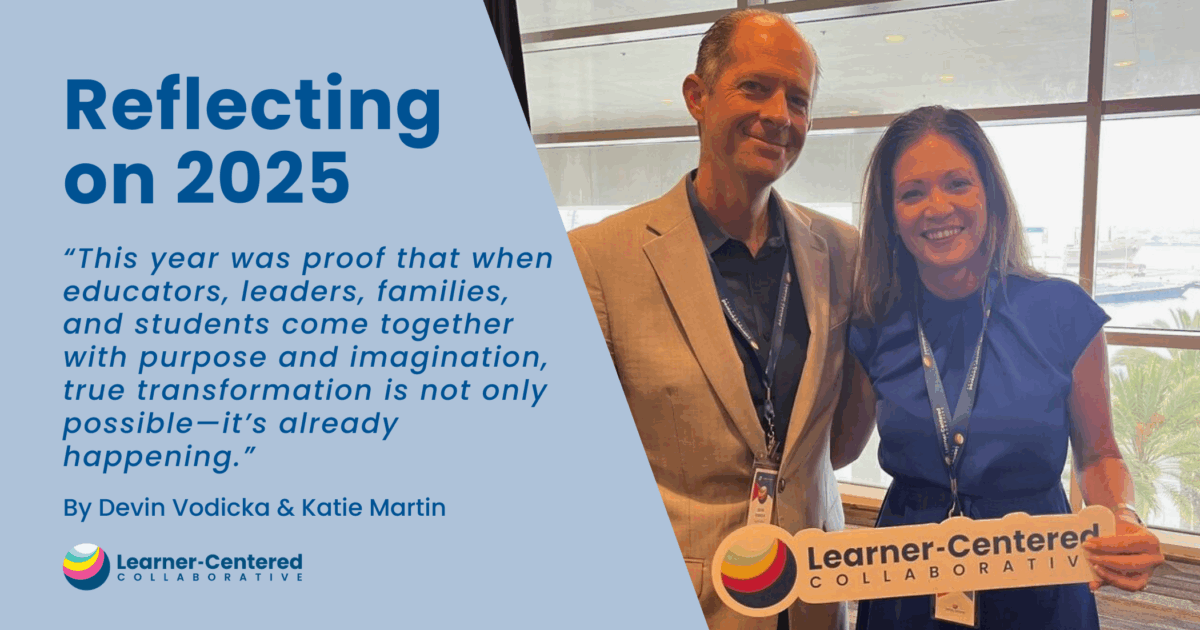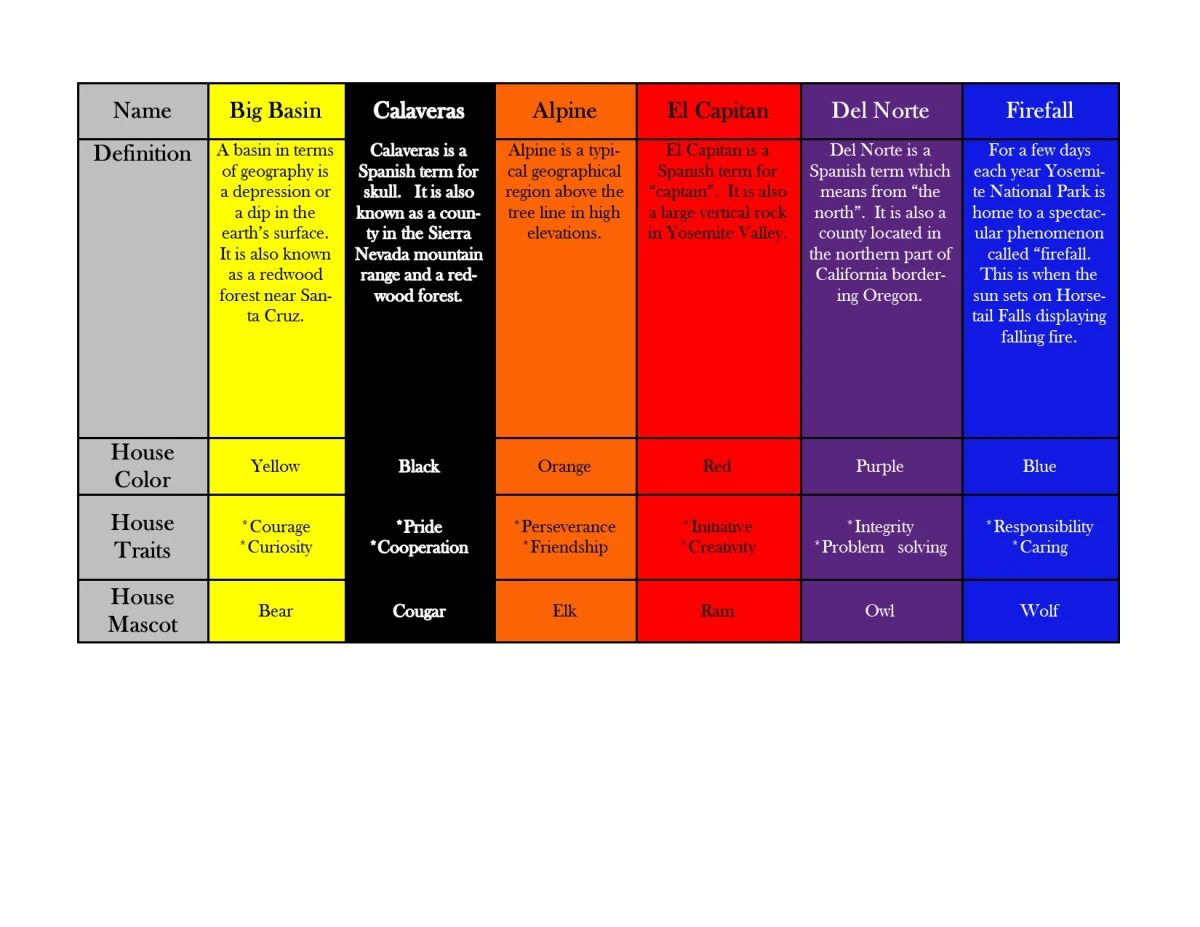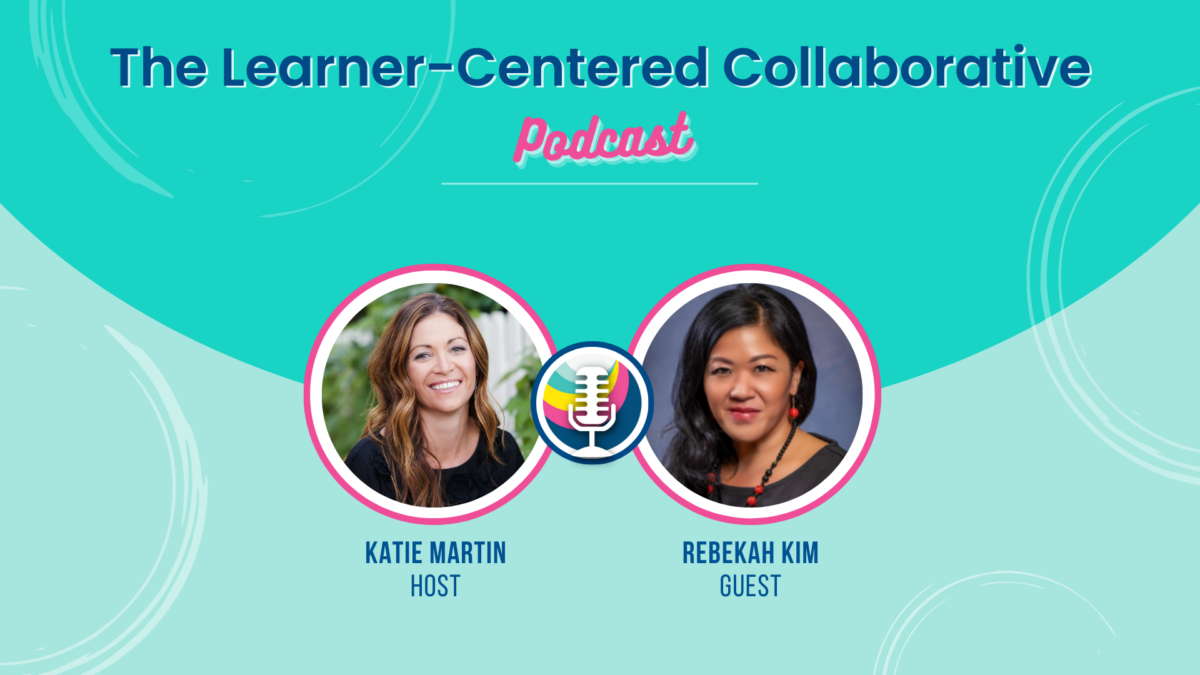To Engage Students, Focus on Connection Over Content
Trapped, distant, uncertain, and unfocused.
These are just a few of the words that students used to describe their experience with virtual learning during the pandemic: As Angel, a 15 year old shared, it’s a lot. This video of students sharing their perspectives really moved me, and it is an important reminder of the simple yet critical ways that we can connect with students.
These students’ experiences mirror the survey data that the Youth Truth survey captured where data illuminated the following:
- Only half of students said their teachers give them assignments that really help them learn and 39 percent said they learn a lot every day.
- The most frequently cited obstacles to virtual learning were distractions at home (64 percent) and feeling depressed, stressed, or anxious (50 percent). On average, Black and Latinx students faced more obstacles than White and Asian students.
- On average, about half of students rated their relationships with teachers and adults in school positively – but only one in three rated their sense of belonging positively.
- Male students rated their health and well-being more positively than did female students and students who identify in another way.
- One in five high school seniors’ postsecondary plans have changed.
Despite educators’ awareness of students’ diminished sense of belonging and lack of engagement in virtual and hybrid environments, many feel compelled to push forward to ensure they are covering content. Many have shared fears about covering enough content because students will be tested this year. However, if we are really focused on students learning and performing, we can’t neglect their wellbeing. First and foremost, because people matter more than their test scores. But if that is not enough, we also have to recognize that if students aren’t connected to their teachers, one another, and the work they are doing, we won’t have the conditions where learning is likely.
Explore tips and examples for hosting daily whole-class meetings.
The recommendations from the students in the video remind us that if we want students to engage, we need to think deeply about how to prioritize 1:1 connections, build relationships with students, and ensure that the work we are asking students to do is meaningful, not just busy work.
Connect with Students One on One
It’s important to understand how student’s emotions impact their attention, engagement, and what they learn. In lieu of a class period, could you take time to reach out and connect with each student? I did this in my graduate school course at the beginning of quarantine and it is something I will do every time I teach a class in person or remote. Scheduling time with each student to connect, learn more about their circumstances, their goals, and ideas, created a different dynamic that built empathy and allowed for more personalization and meaningful connection. Students also recommend reaching out via text, calling them or just checking in every so often.
Most educators know in their hearts and have seen in practice that there is far more to teaching than success on a test. To ensure meaningful learning, we have to know the learners, help them understand and leverage their strengths, identify and work towards goals that matter to them and ensure they persist through challenges and setbacks. You can’t do this without building relationships first and maintaining them throughout the learning process.

Prioritize Relationships and Conversations
Most often what people crave is connection. Whether we are remote or hybrid or in person , creating time and opportunities to connect in meaningful ways can help students feel a sense of belonging.
In a recent conversation, Courtney Riley, an amazing high school teacher, shared that her mantra has become “less is more.” To realize her mantra in practice, she acknowledges that her priority is not the content. Instead she focuses on “deep exploration and short term curiosity-based dialogue.” Rather than focus on what she wants to cover, she thinks more about the questions and thought provoking resources that “make students want to get up and log into Zoom to discuss with each other.” Our relationships and connections are built and sustained over time through opportunities to connect, discuss, and do things that matter.
For more ideas check out these strategies.
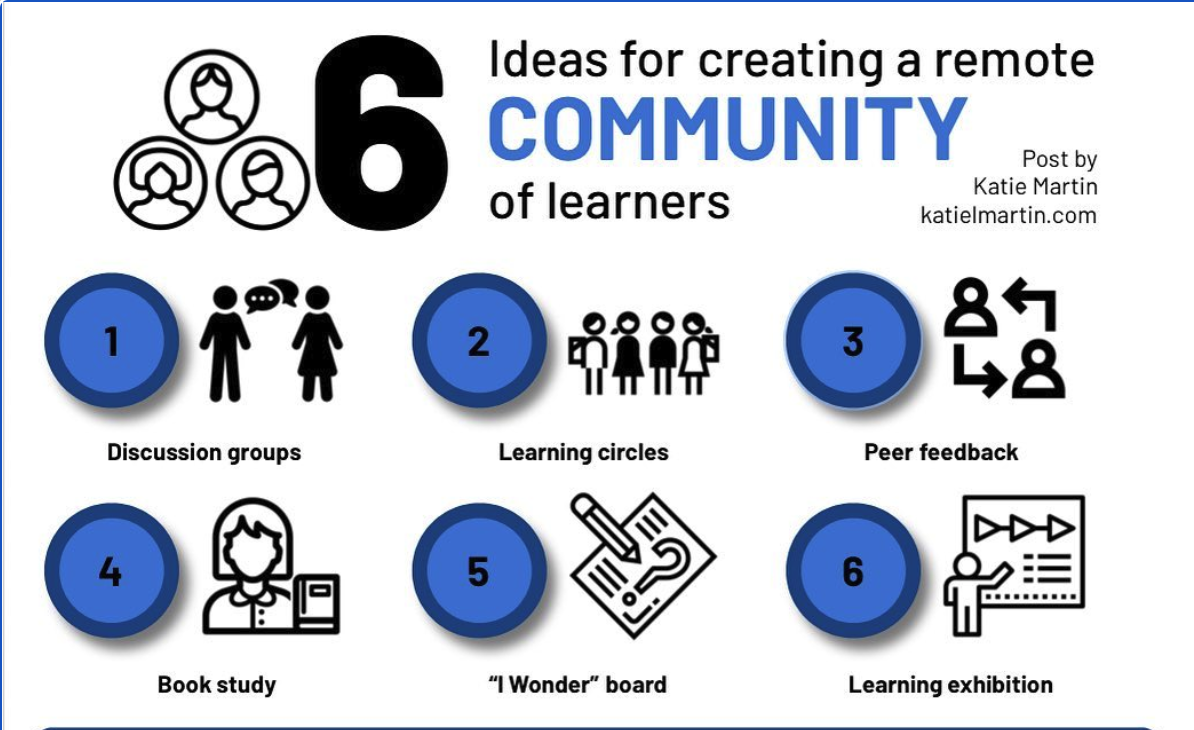
Ensure the Work is Meaningful
In addition to checking in on students and building connections, students (and all of us) need to do things that matter. Instead, as one student shared in the video, there is an overwhelming feeling that what students are being asked to do “isn’t real work […] just busy work.” There is a misconception across education that “engagement” is being busy. This pressures teachers and families to expect more tasks to complete instead of meaningful work to engage in.
In contrast to the many isolated worksheets and activities, Ron Berger reminds us in this article that, “when we finish school and enter the world of work, we are asked to create work of value—scientific reports, business plans, websites, books, architectural blueprints, graphic artwork, investment proposals, medical devices and software applications. This work is created over weeks or months with team consultation, collaboration and critique, and it goes through multiple revisions. The research, analysis, and production involve multiple disciplines, such as reading, writing, mathematics, science, engineering and design.” Authentic learning is often at odds with the need to cover, document, and assess. The standards we teach are important, but when we connect them to the students’ lives and experiences and help them to expand their own worldview, we teach and they learn so much more.
Both of my kids often shared how different it was knowing that they were doing something that people would see and experience instead of doing the work and throwing it away. My son has referenced this before as “trashcan work”. It is so much more impactful to do a project and display it so you can teach other people and share what you know.
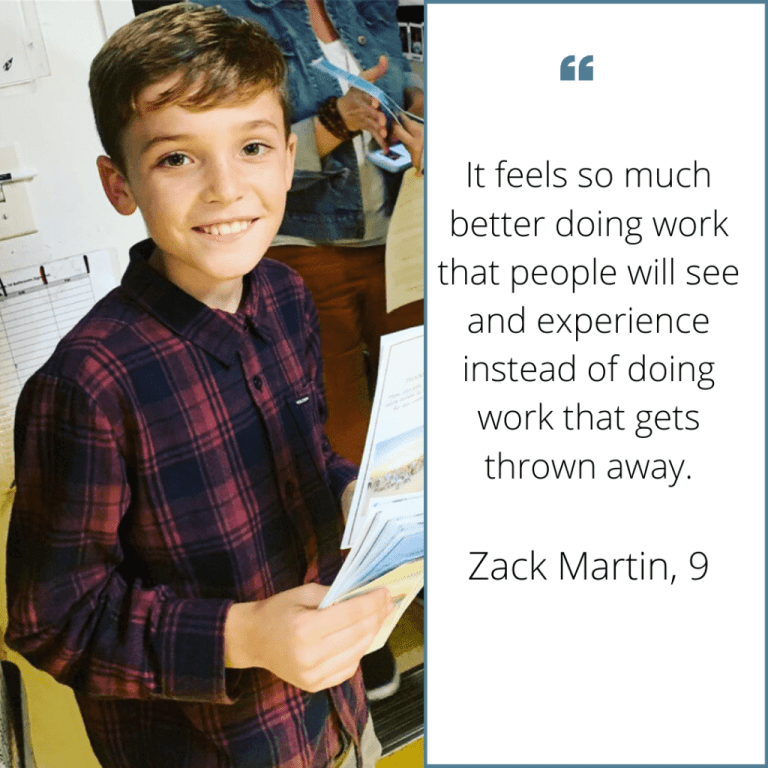
We Create What We Experience
We also have to acknowledge that these strategies aren’t just for our students. This week as I was facilitating sessions to imagine, collaborate and design the systems that we want to move forward and a leader shared that one of the best parts of our 90 minutes was the connection and conversation. He reflected that there are a lot of meetings that he is part of but few create the space for conversations. Adding more content, more assignments, or more meetings will not enable us to create something better if we don’t prioritize the connections and have more conversations about what matters most from our classrooms to the board rooms.
Cultivating a sense of belonging is so important for learners we’ve created an entire educator course on it. Check it out
